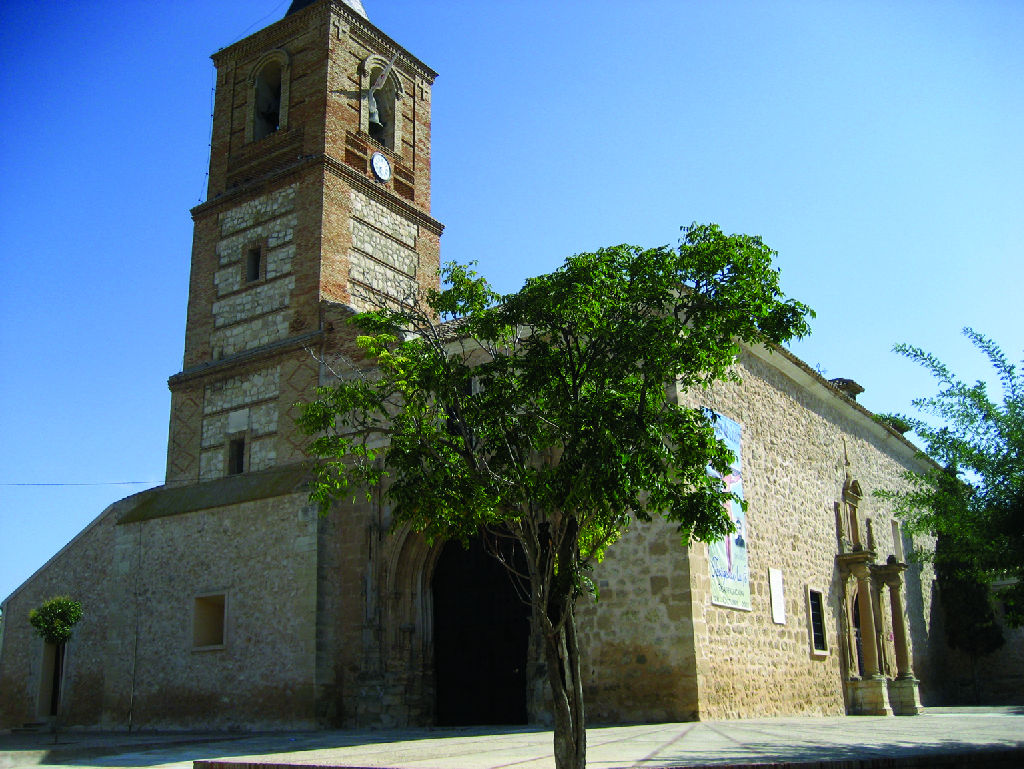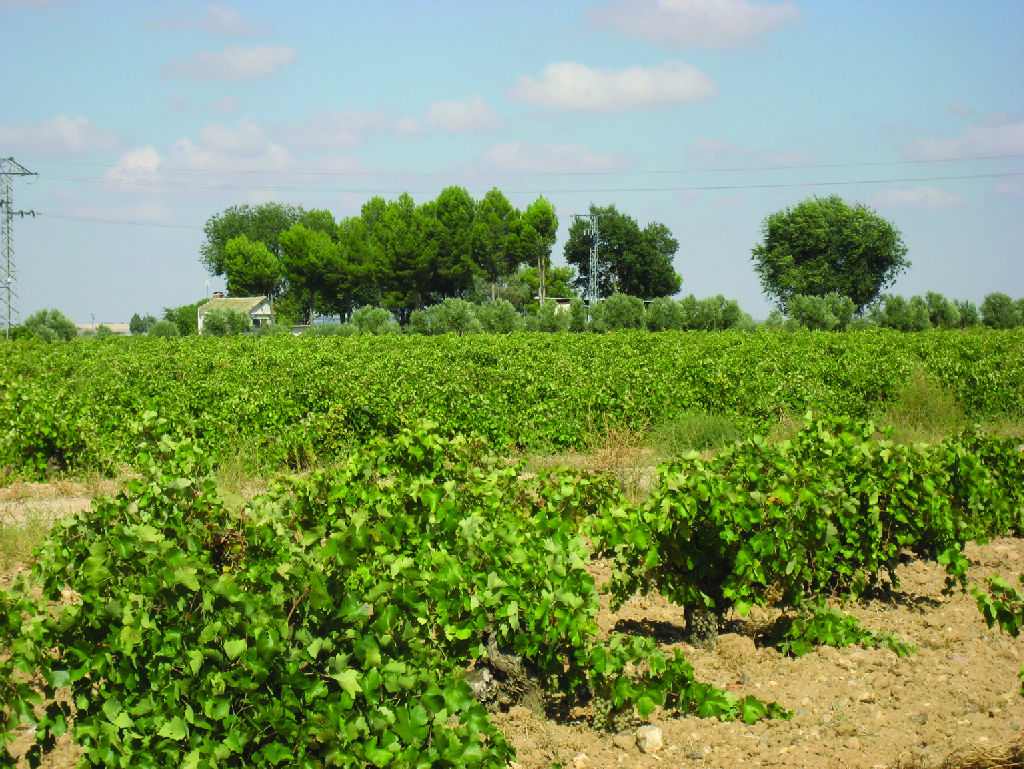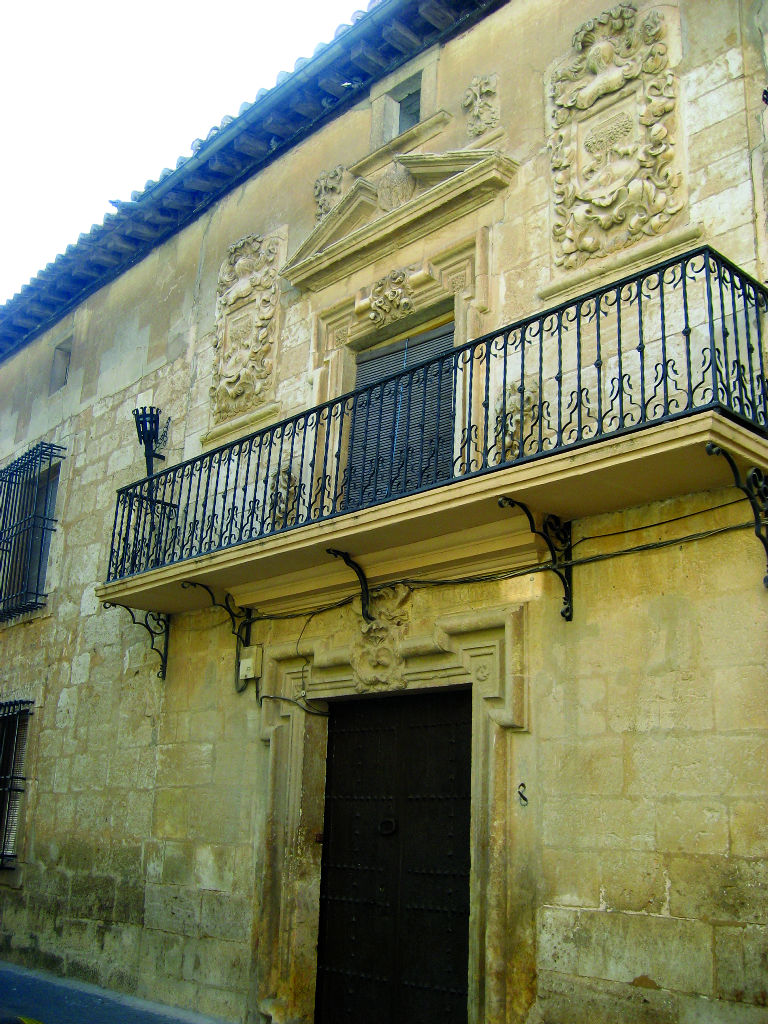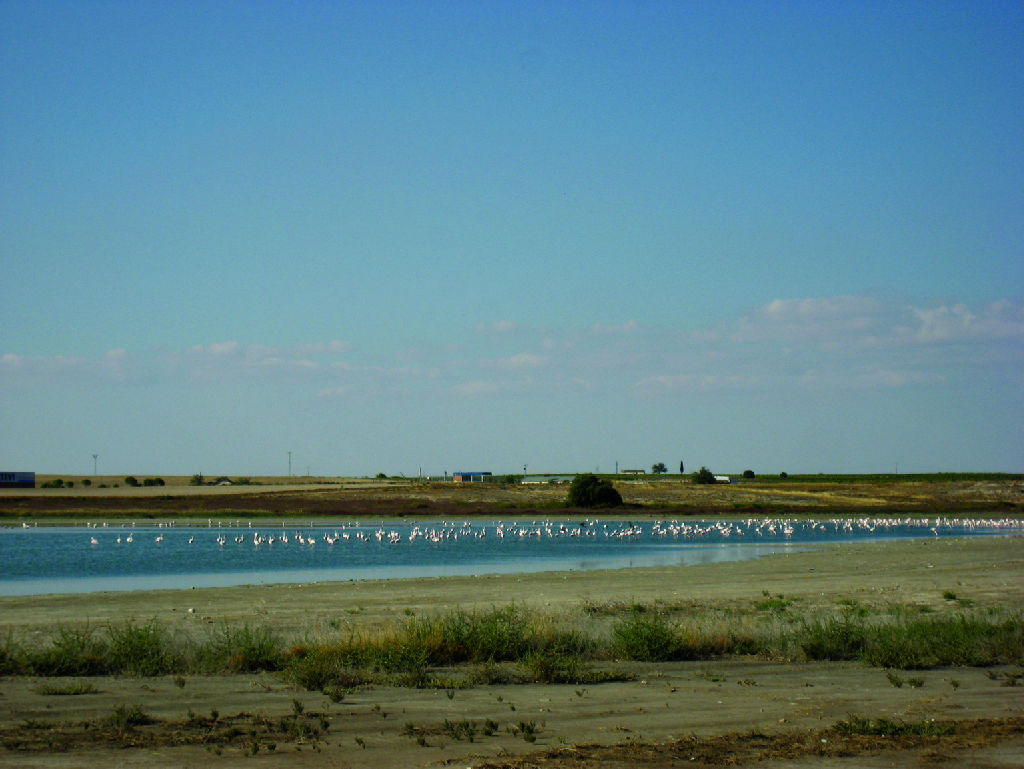- Home
- Rural Development
- Nature Trails
- Nature Trails
- Central Sector
- Villacañas a Quintanar de la Orden
El Trenillo Nature Trail. Villacañas - Quintanar de la Orden
Description

Wetlands amidst vineyards and olive
The railway line linking the Toledan towns of Villacañas and Quintanar de la Orden, with stops in Villa de Don Fadrique and Puebla de Almoradiel, opened in the early 20th century. This train, popularly known as the "Trenillo", led to the gradual abandonment of marginally profitable cereal crops, making way for wine production, which has greatly contributed to the socio-economic growth of the entire region.
In the middle of the last century, the railway line, which is much longer than the section used as Nature Trail, fell into disuse. However, the wineries and distilleries of the towns in the area continued to operate.
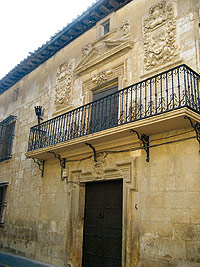
The Trail begins in eastern Villacañas, near the town's railway station. There is an information panel on the route and its main features. The Nature Trail runs parallel to CM-410 and links this town with Quintanar de la Orden.
After crossing the ring road CM-3001 to the east, the route passes through several industrial buildings at the edge of the town. A mere 300 m ahead, the Trail intersects with the Route of Don Quixote that leads to Laguna Larga. This wetland, together with the nearby lagoons of Tirez and Peña Hueca, and the smaller Gramosa and Laguna de los Santos, form the so-called Mancha Húmeda, a Special Protection Area for Birds (SPAs). This SPA was designated a UNESCO Biosphere Reserve in 1981. It is a must-see site for viewing several endangered species like the gull-billed tern (Sterna nilotica), which nests in this lagoon during the summer, or others so striking and scarce as flamingos (Phoenicopterus roseus) or white-headed ducks (Oxyura leucocephala). The presence of these wetlands motivated the creation of Humedales de La Mancha Nature Trail, which begins here.
Back on the Trail, the typical "Mancha" landscape of endless plains dotted with olive trees and vineyards will accompany the traveller throughout the journey.
After crossing the River Riansares, there is a path to the right that goes to one of many shrines which so often grace the Mancha landscape. This shrine is devoted to San Gregorio, an expression of the popular passion of its inhabitants.
The trail turn north, and reaches CM-3005 road where an overpass can be found. The route turns south looking again for the railway platform. The railway is abandoned, entering Villa de Don Fadrique along Tirez street. Crowned by the stacks of its old distilleries, in this town e one can enjoy the landscape and wildlife of Laguna del Rey, located to the north of the town. This lagoon is on the list of nature sites included in Mancha Húmeda. One can also stroll through the town and visit some of its manors, including Lara or Llaves, or the church of Nuestra Señora de la Asunción.
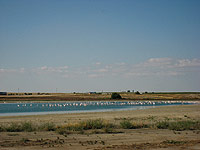
The Trail continues between vineyards and isolated houses that resemble scattered islands in a sea of crops. One such building, near the town of Puebla de Almoradiel, is the shrine of San Isidro, built next to the bridge over the River Cigüela, or "Tahierro" as it is known. Although the town is skirted travellers may enter the town centre and visit the church of San Juan Bautista, as well as the derelict remains of several water mills, once used to grind flour. Various parts of the mill, like the stones, have been recovered and are on display in one of several municipal buildings, like the sports centre.
The last stretch of the Trail begins after leaving Puebla behind via Paseo de los Enamorados. It continues in the same direction until it reaches Ocaña-La Roda motorway (AP-36), crossing over it by an overpass 400 m north of the old railway platform. Once again in the platform, the trail go straight , passing under N-301 road, until it reaches Quintanar de la Orden outskirts, the endpoint of the Nature Trail.
The journey should not be brought to a close without visiting the nearby town of Santiago de la Espada and its church, the palatial home of the Rada, the “rollo” and other tourist attractions.
Profile
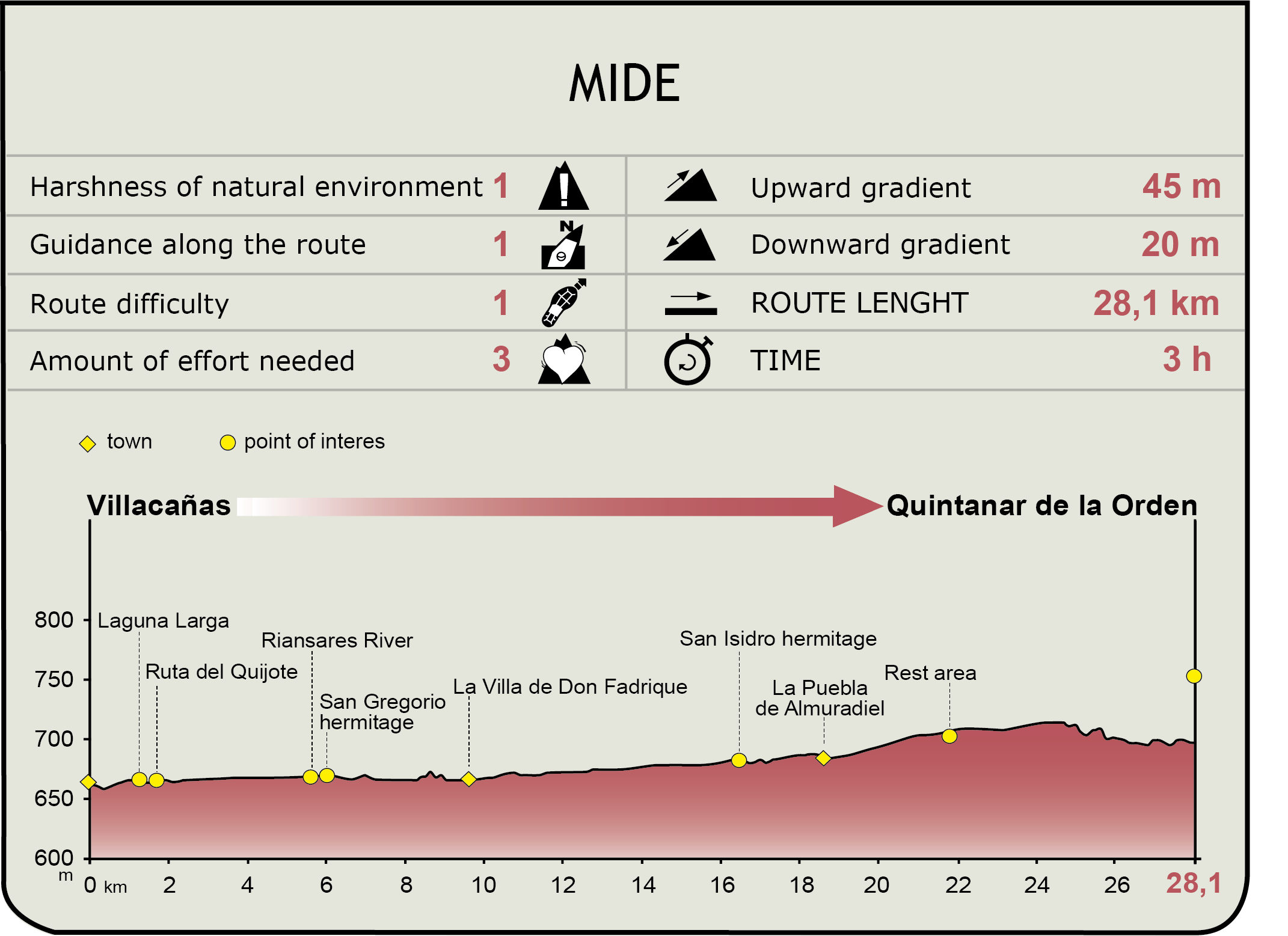
MIDE (Method for the Information of Excursions)
Featured
Further information
The Silos
The silos are traditional 18th century underground houses that abounded in Villacañas, some of which are still in use.
These houses, dug into the earth, were whitewashed with lime to multiply the natural light inside. The interior rooms are equipped with "skylights" that open to vent the house.
As the houses are underground, the temperature remains constant, allowing its inhabitants to face comfortably the rigours of winter and the sweltering heat of summer.
A model underground house can be visited at The Ethnological Museum of Silos at Villacañas has a model underground house, unique in Europe in that it is excavated on flat ground.
